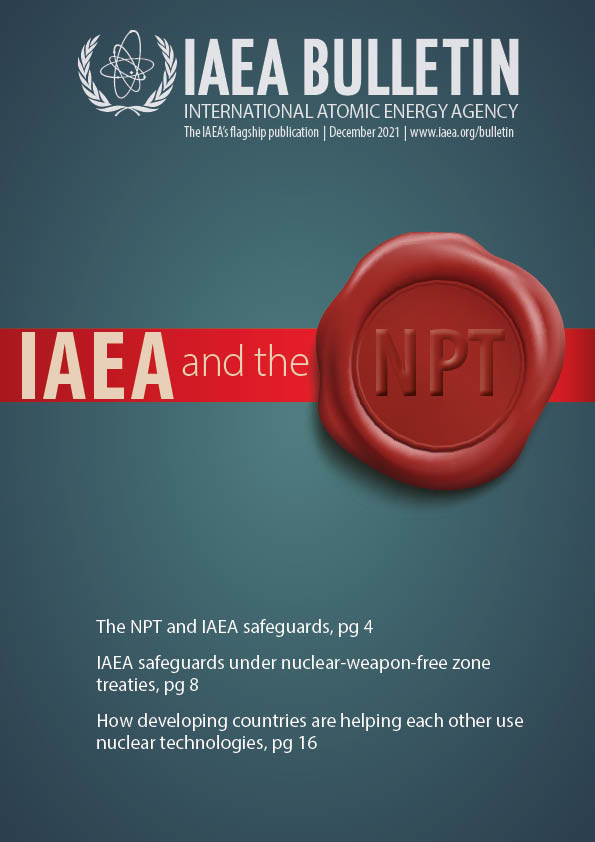Five nuclear-weapon-free zones (NWFZ) have been established over the past few decades, with signatory States undertaking, among other obligations, to not have nuclear weapons in the territory of the applicable NWFZ and to conclude comprehensive safeguards agreements with the IAEA (see here). There have also been initiatives to set up a zone free of weapons of mass destruction, including nuclear weapons, in the Middle East.
The IAEA has had a role in the context of the establishment of a NWFZ in the Middle East and the application of full-scope IAEA safeguards to all nuclear activities in the region.
The IAEA’s General Conference (GC), in its resolutions on the application of IAEA safeguards in the Middle East, has called upon all parties directly concerned to consider taking steps to establish a mutually and effectively verifiable NWFZ in the region; affirmed the need for all States in the region to accept the application of full-scope IAEA safeguards; and mandated the IAEA Director General (DG) to pursue consultations with the States of the region to facilitate the early application of full-scope IAEA safeguards to all nuclear activities in the region as a necessary step towards the establishment of a NWFZ.
In parallel, the 1995 Review and Extension Conference of the Parties to the Treaty on the Non-Proliferation of Nuclear Weapons (NPT) adopted a resolution calling for “the establishment of an effectively verifiable Middle East zone free of weapons of mass destruction, nuclear, chemical and biological, and their delivery systems”. During the subsequent NPT Review Conferences, the importance of the 1995 resolution on the Middle East was reaffirmed, and it was stressed that the resolution remains valid until its goals and objectives are achieved.

